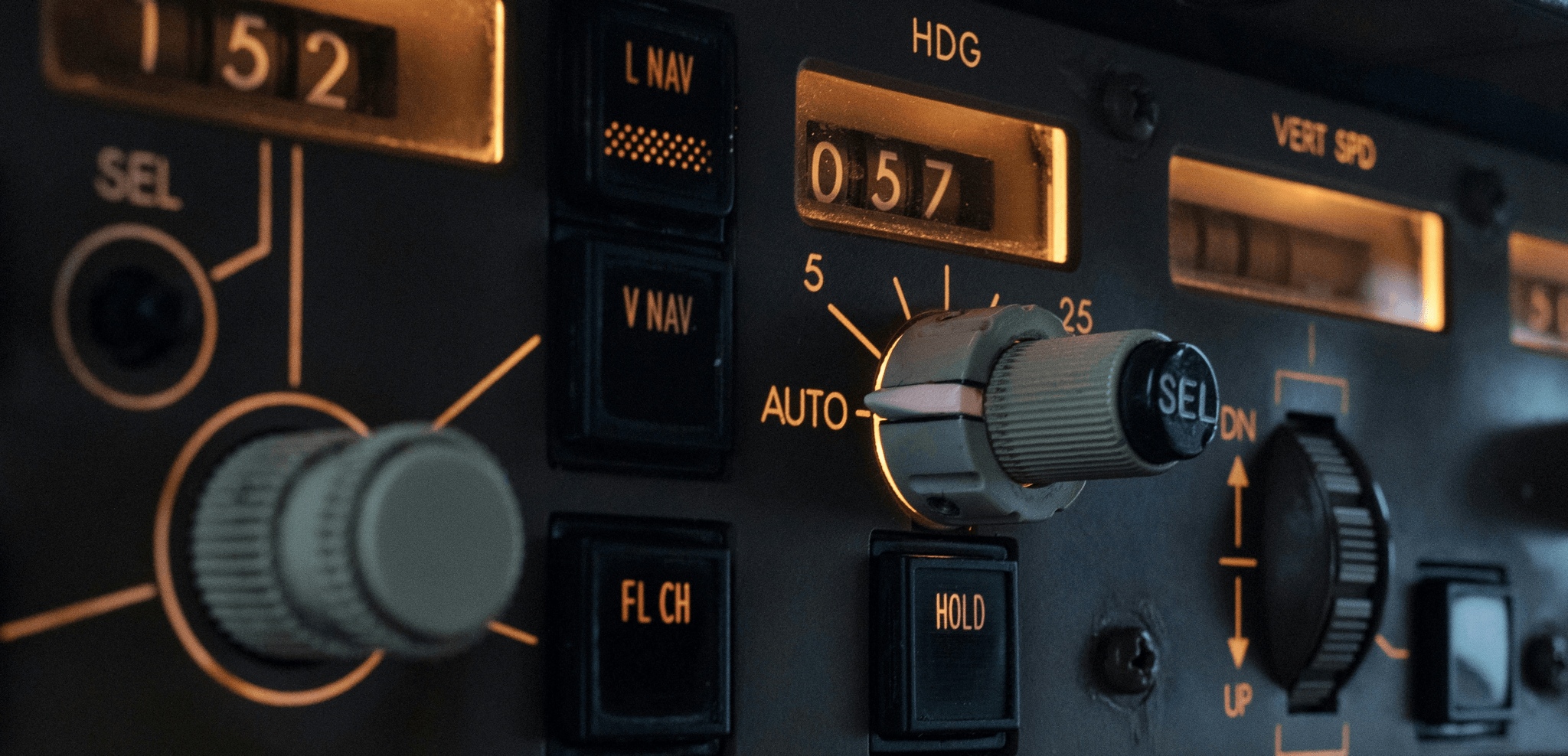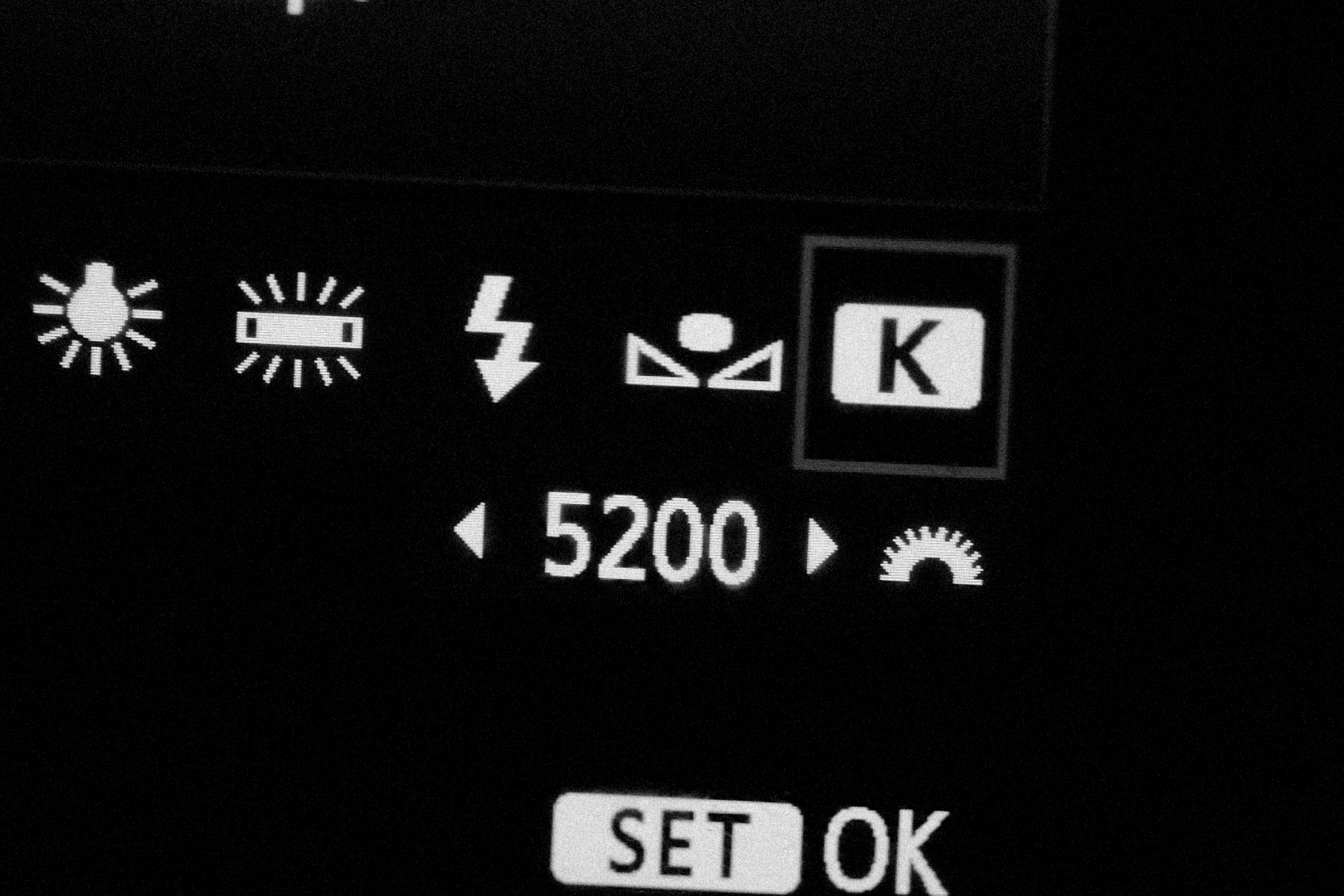Introduction

The use of aviation obstruction lights is crucial for aviation safety. These lights are an integral part of the lighting system at airports and heliports, ensuring safe takeoffs and landings for aircraft. High-intensity lighting is vital for enhancing visibility and compliance with FAA lighting requirements, making it essential for airfield ground lighting systems.
Understanding Aviation Obstruction Lights
Understanding the purpose and function of aviation obstruction lights is essential for ensuring air traffic safety. These lights warn aircraft of potential obstacles, such as towers or buildings, by emitting bright, high-intensity light.
Importance of
High-Intensity Lighting
High-intensity lighting is essential for improving visibility and ensuring aircraft safety during takeoff and landing. It also helps enhance airfield ground lighting systems, providing clear guidance for pilots.
The Role of FAA Lighting Requirements
The FAA has established stringent regulations governing runway and airport lighting to prioritize aviation safety and efficiency. Adherence to these standards is paramount for maintaining a secure operating environment for all aircraft.
Key aspects of FAA runway and airport lighting regulations include:
- Specific requirements for runway edge, centerline, and threshold lights.
- Detailed guidelines for taxiway and apron lighting systems.
- Standards for lighting intensity, color, and spacing.
- Procedures for inspecting, maintaining, and testing lighting equipment.
By strictly complying with these regulations, airports can significantly enhance night-time visibility, reduce the risk of accidents, and facilitate smooth air traffic operations.
What are High Intensity Aviation Obstruction Lights?

Definition and Purpose
High-intensity aviation obstruction lights are specialized lighting systems that alert aircraft to potential obstacles, such as buildings, towers, or wind turbines. These lights are crucial for maintaining safe air travel by providing visual cues to pilots and avoiding hazardous areas during takeoff, landing, and flight.
In addition to alerting pilots to potential obstacles, high-intensity aviation obstruction lights also enhance the visibility of structures during low-visibility conditions such as fog, rain, or snow. By increasing the visibility of these obstacles, these lights help pilots navigate safely through challenging weather conditions and reduce the risk of accidents. Furthermore, these specialized lighting systems are essential for ensuring compliance with aviation regulations and safety standards, making them a critical component of air traffic management.
Types of
High-Intensity Lights
High-intensity aviation obstruction lights ensure aircraft safety by alerting pilots to potential hazards. There are several types of these lights, each serving a distinct purpose:
- Red flashing lights: Commonly used to indicate obstructions.
- White strobe lights: Offer high visibility in various weather conditions.
- LED beacon lights: Provide energy-efficient and long-lasting illumination.
- Dual and tri-color lights: Convey specific warnings through color combinations, enhancing situational awareness.
By utilizing different light types and configurations, aviation authorities can effectively communicate potential hazards to pilots, contributing to safer airspace.
Key Features of
High-Intensity Lights
High-intensity aviation obstruction lights are equipped with long-range visibility, durability against harsh weather conditions, low power consumption, and compliance with FAA lighting requirements. These key features ensure the lights effectively enhance the aircraft's safety when navigating airport airspace.
In addition to their key features, high-intensity aviation obstruction lights boast a modular design, allowing easy maintenance and replacement of individual components. This ensures minimal downtime for the lights, keeping them operational and effective in enhancing aircraft safety. Furthermore, these lights are equipped with advanced monitoring and control systems, allowing for remote management and real-time status updates. This not only streamlines the maintenance process but also provides airport personnel with valuable insights into the lights' performance.
The Significance of Light Intensity in Aviation

Impact on Safety and Visibility
The light intensity of aviation lights plays a crucial role in ensuring the safety and visibility of aircraft during takeoff, landing, and ground operations. Adequate light intensity is essential for pilots to accurately identify runways, taxiways, and other critical areas, especially during low-visibility conditions such as fog or heavy rain.
The intensity of aviation lights directly impacts the ability of air traffic controllers to monitor and direct aircraft movements on the ground. Inadequate light intensity can lead to confusion and potential hazards, especially in busy airport environments. Therefore, ensuring that aviation lights meet the required intensity standards is crucial for maintaining efficient ground operations and minimizing the risk of accidents.
Compliance with FAA Lighting Requirements
Meeting FAA lighting requirements for light intensity is paramount for all airports and heliports to ensure safe operations. FAA runway lighting requirements specify the minimum light intensity levels for various aviation lights, including runway edge, threshold, and taxiway lights. Compliance with these standards is essential to maintain high safety for air traffic.
In addition to meeting FAA lighting requirements for light intensity, airports, and heliports must also consider maintaining and inspecting their airfield ground lighting systems regularly. Regular checks and maintenance are crucial to ensure all aviation lights function at the required intensity levels. This proactive approach helps comply with FAA standards and contributes to the overall safety and efficiency of air traffic operations.
Enhancing Airfield Ground Lighting Systems
Proper light intensity enhances pilot visibility and contributes to the overall effectiveness of airfield ground lighting systems. By maintaining optimal light intensity levels, airports can improve the efficiency of their lighting systems, reducing the risk of confusion or misinterpretation by flight crews during critical flight phases.
Airports can also minimize the risk of potential safety hazards by ensuring that airfield ground lighting systems maintain optimal light intensity levels. Consistent and appropriate light intensity not only aids pilot visibility but also helps prevent confusion or misinterpretation during critical flight phases. This proactive approach to maintaining lighting efficiency ultimately contributes to a safer and more secure operating environment for all airfield personnel and passengers.
Haisen's Light Intensity Tester

Haisen's Light Intensity Tester is cutting-edge airfield light-intensity testing equipment that utilizes proprietary patented technology. It integrates dynamic light intensity measurement, computer vision 3D measurement, and linear array scanning positioning correction technologies. This innovative system meets ICAO Annex 14 standards for real-time online light intensity testing of airfield lights, ensuring the proper functioning of visual navigation aids and compliance with FAA lighting requirements.
Innovative Technology and Features
The Haisen's Light Intensity Tester features state-of-the-art technology that enables precise and accurate measurement of light intensity in aviation lights. Its integration of dynamic light intensity measurement, computer vision 3D measurement, and linear array scanning positioning correction technologies sets it apart as a highly advanced testing device. This innovative system ensures that aviation lights meet the required standards for visibility and safety.
Meeting ICAO Annex 14 Standards
The Haisen's Light Intensity Tester is designed to meet the stringent standards of the International Civil Aviation Organization (ICAO) in Annex 14. By adhering to these standards, the tester ensures that airfield lights comply with international aviation safety and visibility regulations. This commitment to meeting ICAO Annex 14 standards underscores the reliability and accuracy of the testing equipment.
Benefits
of Airport Lighting Stations
Haisen’s Light Intensity Tester is a valuable tool for airport lighting maintenance. The system significantly improves inspection efficiency and accuracy by providing airport personnel with a smart testing device.
- Enhanced efficiency: Streamlines the inspection process.
- Improved accuracy: Ensures precise measurement of light intensity.
- Compliance: Helps maintain adherence to FAA lighting regulations.
- Safety: Contributes to a safer airfield environment.
By utilizing Haisen’s Light Intensity Tester, airports can optimize their lighting systems and prioritize safety.
The Role of Obstruction Lights in Heliports

Ensuring Safe Landing and Takeoff
Obstruction lights at heliports ensure safe landing and takeoff for helicopters, especially during low visibility conditions. These aviation lights are designed to provide visual cues to pilots, guiding them safely to the designated landing area. By meeting FAA lighting requirements, heliport obstruction lights contribute to helicopter operations' overall safety and efficiency, reducing the risk of accidents and ensuring smooth air traffic flow.
Obstruction lights at heliports are essential for guiding pilots during low-visibility conditions and serve as a crucial safety measure for nearby structures and buildings. By alerting pilots to potential obstacles, these aviation lights help prevent accidents and ensure the helicopter's and surrounding areas' safety. Additionally, meeting FAA lighting requirements demonstrates a commitment to upholding industry standards and best practices, ultimately contributing to helicopter operations' overall safety and efficiency.
Meeting Regulations and Standards
Heliport lighting systems must comply with FAA runway lighting requirements to ensure they meet the necessary standards for aviation safety. These regulations mandate using high-intensity obstruction lights visible from a distance, providing clear guidance for pilots approaching or departing from heliports. By adhering to these standards, heliport operators can maintain a safe operating environment for helicopter traffic, minimizing the potential for collisions or other hazardous incidents.
In addition to high-intensity obstruction lights, heliport lighting systems must incorporate other visual navigation aids, such as wind direction indicators and illuminated landing pads. These features help pilots accurately assess wind conditions and safely land or take off from the heliport. By enhancing visual navigation aids, heliport operators can improve aviation safety and provide a more reliable operating environment for helicopter traffic.
Enhancing Visual Navigation Aids
High-intensity aviation lights installed at heliports serve as essential visual navigation aids for pilots, enabling them to locate and maneuver their aircraft accurately during critical phases of flight. These obstruction lights enhance visibility in various weather conditions, including fog or low-light situations, allowing pilots to make informed decisions regarding approach and departure procedures. By integrating advanced lighting technology with smart testing devices like Haisen's Light Intensity Tester, heliport operators can ensure that their obstruction lights are functioning optimally and contributing to enhanced visual navigation capabilities.
Furthermore, by regularly monitoring and maintaining the functionality of aviation lights, heliport operators can ensure the safety of not only pilots but also ground personnel and nearby structures. This proactive approach to visual navigation aids demonstrates a commitment to upholding industry standards and best practices, ultimately fostering a culture of safety and reliability within the aviation community. Additionally, investing in advanced lighting technology and testing devices can lead to cost savings in the long run by reducing the need for frequent repairs or replacements due to malfunctioning obstruction lights.
Enhance Safety and Efficiency with Smart Testing Devices

High-intensity aviation lighting ensures the safety and efficiency of airfield ground lighting systems, heliports, and airports. These lights help enhance visibility, compliance with FAA requirements, and overall safety for arriving and departing flights. Smart testing devices such as Haisen's Light Intensity Tester also improve inspection efficiency and accuracy.
Advantages of
High-Intensity Aviation Lighting
High-intensity aviation lights are essential for safe and efficient airport operations. These lights provide crucial visibility for pilots during takeoff and landing, significantly reducing the risk of accidents.
- Enhanced pilot visibility: High-intensity lights improve pilots' ability to see runways, taxiways, and obstacles.
- Accident prevention: By increasing visibility, these lights help prevent collisions and other aviation incidents.
- FAA compliance: Adhering to FAA lighting regulations ensures that airports meet the highest safety standards.
Investing in high-intensity aviation lights is a commitment to safety and operational excellence. By prioritizing airfield lighting, airports can create a safer environment for passengers, crew, and aircraft.
Importance of Compliance with FAA Requirements
Compliance with FAA requirements for light intensity is essential to ensure the proper functioning of visual navigation aids at airports and heliports. Meeting these standards is crucial for the safety and efficiency of arriving and departing flights. Smart testing devices ensure compliance with FAA requirements by providing accurate light intensity measurements, allowing for timely adjustments and maintenance. By using smart testing devices, airport authorities can proactively address any issues related to light intensity, thereby minimizing the risk of navigational errors and enhancing overall safety.
Smart testing devices like Haisen's Light Intensity Tester provide a revolutionary solution for real-time online light-intensity testing of airfield lights. This innovative technology meets ICAO Annex 14 standards, enhancing inspection efficiency and accuracy while ensuring compliance with guidance system requirements for aviation lights.
Overall, high-intensity aviation lighting is vital in maintaining safety at airports and heliports by improving visibility and compliance with regulations. Smart testing devices further enhance the efficiency and accuracy of inspection processes, ultimately contributing to safer air travel experiences.
